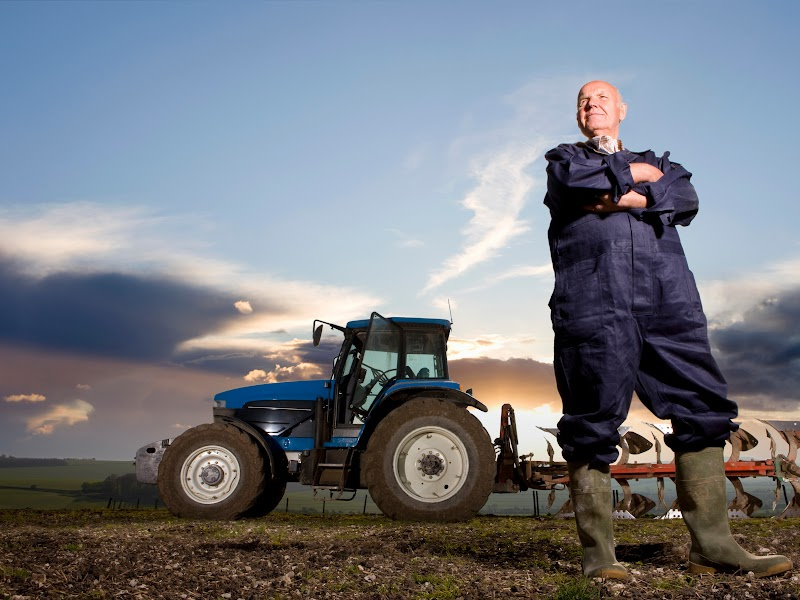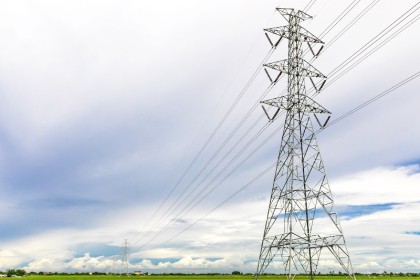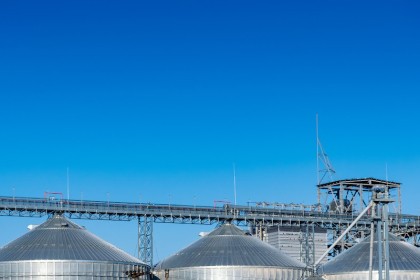
The Workhorses of Modern Agriculture
Tractors are the iconic workhorses of modern agriculture. They have revolutionized farming practices, making them more efficient, productive, and sustainable. In this article, we delve into the importance of tractors on a farm, their diverse uses, and how they have transformed the world of agriculture.
The Evolution of Tractors
Tractors have come a long way since their invention in the late 19th century. Early tractors were steam-powered monstrosities, but as technology advanced, they transitioned to gasoline and diesel engines. Modern tractors are versatile, reliable, and equipped with advanced features that allow them to perform a wide range of tasks on the farm.
The Many Roles of Tractors
- Tilling and Plowing: Tractors equipped with plows and tillage equipment are used to break up soil, prepare seedbeds, and incorporate crop residues. This process is essential for crop establishment.
- Planting and Seeding: Tractors pull planting equipment that precisely places seeds or transplants in the ground. This ensures proper spacing and depth for optimal plant growth.
- Cultivating and Weeding: Tractors with cultivators or specialized weeding attachments are used to control weeds in the field without damaging the crops.
- Fertilizing: Tractors are often used to spread fertilizers, both in solid and liquid form. Precision is crucial to deliver the right nutrients to the crops.
- Harvesting: Many crops are harvested with specialized tractor-pulled equipment, such as combine harvesters. These machines can efficiently harvest and process grains, legumes, and other crops.
- Transport: Tractors pull wagons and trailers to transport harvested crops from the field to storage or processing facilities.
- Irrigation: Tractors may power irrigation equipment, helping distribute water to fields for crop hydration.
- Mowing and Baling: Tractors equipped with mowers and balers are used to cut and bale forage crops like hay and straw, essential for livestock feed.
- Spraying and Pest Control: Tractors are used to apply pesticides and herbicides to protect crops from pests and diseases.
- Livestock Handling: Tractors are employed on livestock farms for tasks like feeding, manure management, and handling equipment.
Benefits of Tractors in Agriculture
- Increased Efficiency: Tractors greatly reduce the amount of labor required for farm tasks, making large-scale agriculture feasible.
- Precision Farming: Tractors equipped with GPS and other technology enable precision farming practices, optimizing planting, fertilization, and pest control.
- Reduced Physical Strain: Tractors spare farmers from much of the physically demanding labor traditionally associated with farming.
- Year-Round Farming: Tractors allow for year-round cultivation, reducing the dependency on seasonal conditions.
- Sustainability: Modern tractors are designed to minimize environmental impact through fuel efficiency and reduced soil disturbance.
Challenges and Considerations
- Cost: Tractors and their associated implements can be expensive, which can be a barrier for small-scale farmers.
- Maintenance: Regular maintenance is essential to keep tractors running efficiently.
- Operator Training: Skilled operators are needed to maximize the benefits of tractors and reduce the risk of accidents.
In conclusion, tractors are the backbone of modern agriculture. They have transformed the way we cultivate, harvest, and manage crops, enabling farmers to meet the demands of a growing population while optimizing resources. The versatility and adaptability of tractors make them indispensable tools on any farm, contributing to increased productivity and sustainable farming practices.
Visit the AgrifoodSA directory to find out more about N1 Tractor












